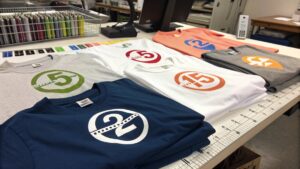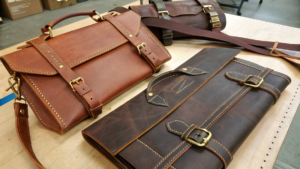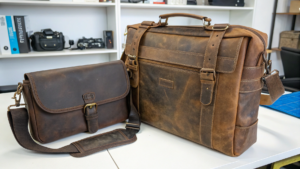What Factors Should You Consider When Buying Tote Bags?
Are you choosing tote bags for your business? Do you focus only on the cost? Learn what truly matters to make a smart choice that impacts your brand.
When buying tote bags, consider their purpose, audience, and environmental goals, not just price or looks. Key factors include material impact, functionality, print compatibility for branding, and the perceived value that reflects your brand's standards.
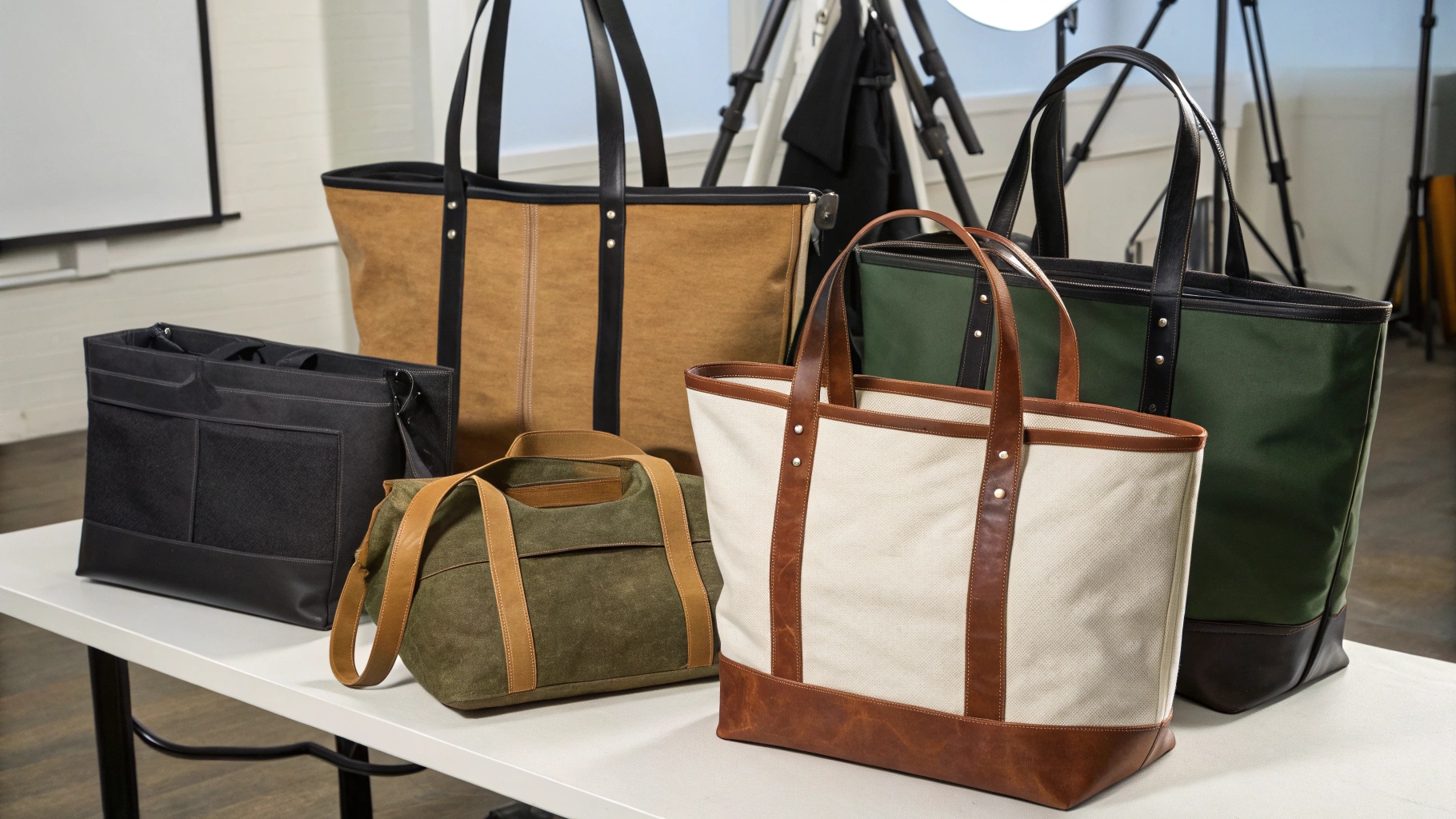
When people buy tote bags, for selling them, for corporate gifts, or for promotions, they often only think about the price or how the bag looks. But in today's market, where people care about value and the environment, the real question should be: What is the reason behind this tote bag? What is its purpose? From my experience in making custom bags, I have learned that choosing the right tote bag is about making sure it fits well with your brand, your audience, and your environmental goals. The important things to consider are more than just the fabric and how it is sewn.
What are the features of a good tote bag?
Do you want to know what makes a tote bag truly useful? Are you looking for quality beyond the surface? Discover the key features that matter.
A good tote bag combines thoughtful design with durable construction. Key features include strong stitching, reinforced handles, an appropriate handle length, and a gusset for extra capacity. Its material should also support clear, lasting branding to ensure functionality and perceived value.
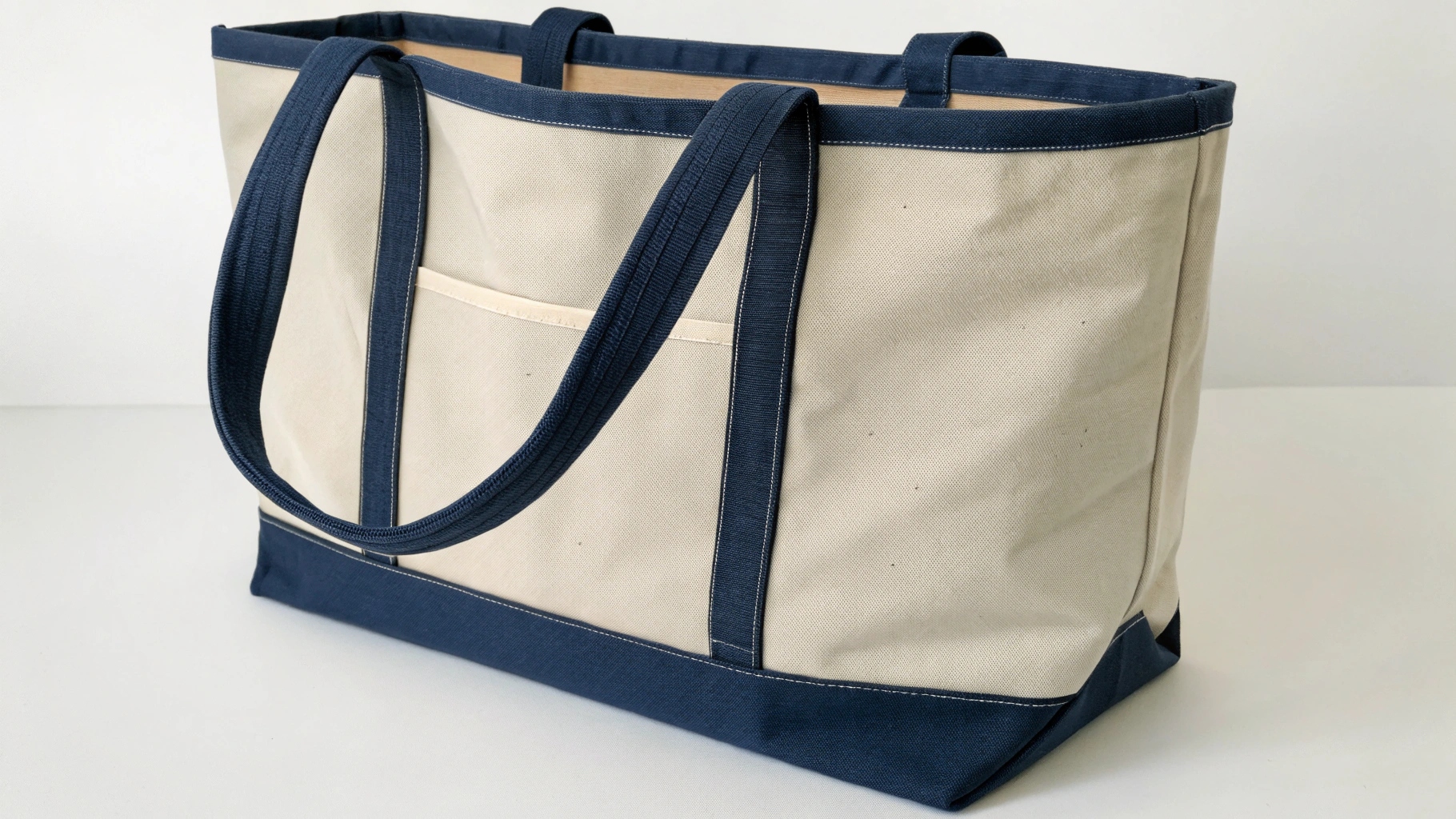
A good tote bag is more than just a piece of fabric sewn together. It has features that make it truly useful and durable. I have seen many bags made. The best ones are designed with the user in mind. For example, will the bag carry groceries, a laptop, or brochures? The answer to this changes what features are important.
Here are key features of a good tote bag:
- Strong Stitching1: This is fundamental. If the stitching is weak, especially at the seams and where the handles attach, the bag will fall apart quickly. Look for double stitching or reinforced seams.
- Handle Length and Reinforcement: Handles should be comfortable to carry, whether in hand or over the shoulder. They need to be strong enough for the bag's intended weight. Look for handles that are sewn all the way down the side of the bag, or cross-stitched for extra strength.
- Gusset Size: This is the flat bottom or side panel of the bag. A good gusset allows the bag to stand upright and hold more items without bulging awkwardly. A wider gusset means more capacity.
- Material Quality: The fabric itself should be durable. Cotton, canvas, jute, and non-woven fabrics each have different strengths. The material should also be suitable for printing your logo clearly and durably.
- Print Compatibility: If branding is important (and it usually is for promotional bags), the material needs to hold color well and resist cracking or fading. This reflects well on your brand's quality.
A good tote bag is often a silent ambassador for your brand. If you give a poorly made bag, it might cost less at first. But it can say a lot about your standards that you do not intend. In my experience, a bag that is functional and well-made gets used more often. This means your brand message is carried forward, not just once, but for years. It shows that you care about providing value.
| Feature | Why It Matters for a Good Tote Bag | Impact on Brand Perception |
|---|---|---|
| Strong Stitching | Durability, prevents tearing | Reflects quality, reliability |
| Reinforced Handles2 | Can carry heavier loads | Shows care for user, practical |
| Appropriate Handle Length | Comfortable to carry | Enhances user experience, encourages use |
| Gusset for Capacity | Holds more, stands upright | Useful, versatile, thoughtful design |
| Print-Ready Material | Clear, lasting branding | Professional image, sustained visibility |
So, a good tote bag goes beyond basic looks. Its features ensure it is useful, durable, and reflects positively on your brand every time it is used.
What is the durability of tote bags?
Are you worried your tote bags won't last? Do you want a gift that keeps giving? Understand what makes a tote bag truly durable.
The durability of tote bags depends on the material, stitching quality, and reinforcement points. Materials like heavy-duty canvas, jute, and sturdy non-woven fabrics offer good longevity. Strong, reinforced handles and double stitching are crucial for a bag to withstand heavy loads and frequent use over years.

When a client asks me about bag durability, I always tell them it is about more than just the fabric. A bag can be made of strong material, but if the stitching is weak, it will not last. From my experience in manufacturing, durability is built into the design and production process. It determines whether the bag will be used once or for many years.
Key factors influencing tote bag durability:
- Material Strength:
- Heavy Canvas: Very durable, resists tearing and wear. Measured in ounces (e.g., 10oz, 12oz canvas). Higher ounce count means thicker, stronger fabric.
- Jute/Burlap: Natural, very strong fibers, good for heavy loads, but can be rougher.
- Thick Non-Woven Polypropylene: Made from plastic fibers pressed together. Can be very strong and water-resistant.
- Recycled PET (RPET): Made from recycled plastic bottles, strong and sustainable.
- Stitching Integrity: The way the bag is sewn together.
- Double Stitching: Two rows of stitches add strength to seams.
- "X" or Box Stitching: Used at stress points like where handles attach to the bag, making them much stronger.
- Reinforced Seams: Edges can be folded and sewn multiple times or taped for extra strength.
- Handle Attachment: Handles are often the first part to fail. They should be securely attached, usually sewn all the way down the bag's side or with strong bar-tacks or X-stitches.
- Gusset Reinforcement: The side or bottom panels of the bag (gussets) should be strongly integrated to prevent tearing when the bag is full or heavy.
A durable bag costs a bit more upfront. But it is an investment. A bag that lasts for years means your brand message is carried around for years. This is a much better return on investment than a cheap bag that breaks after a few uses. This aligns with today's focus on sustainability. A bag that is used repeatedly reduces waste. It shows your brand cares about long-term thinking, not just short-term consumption.
The smartest buyers do not just buy bags. They buy experiences. A well-chosen tote bag not only carries products; it carries your message forward. It does so sustainably and effectively.
| Durability Factor | How it Contributes to Longevity | Impact on Brand Message |
|---|---|---|
| Heavy Material Weight | Resists wear, punctures, tearing | Conveys robustness, lasting quality |
| Reinforced Stitching | Prevents seams from splitting | Implies attention to detail, reliability |
| Strong Handle Attachments | Supports heavy loads, prevents breaking | Shows practicality, care for user |
| Quality Control | Ensures consistent production standards | Reflects high brand standards |
| User Behavior | Frequent, long-term use | Amplifies positive brand exposure |
The durability of a tote bag is a key factor in its value, ensuring it serves its purpose for a long time and provides lasting brand exposure.
What is high quality tote bag material?
Are you wondering which material makes a tote bag truly premium? Do you want your bag to feel good and last long? Learn about top-quality materials.
High-quality tote bag material is primarily durable, visually appealing, and suitable for effective branding. Top choices include heavy-weight canvas (12oz+), durable jute, or recycled materials like RPET, selected for their strength, natural aesthetic, and ability to hold print well.
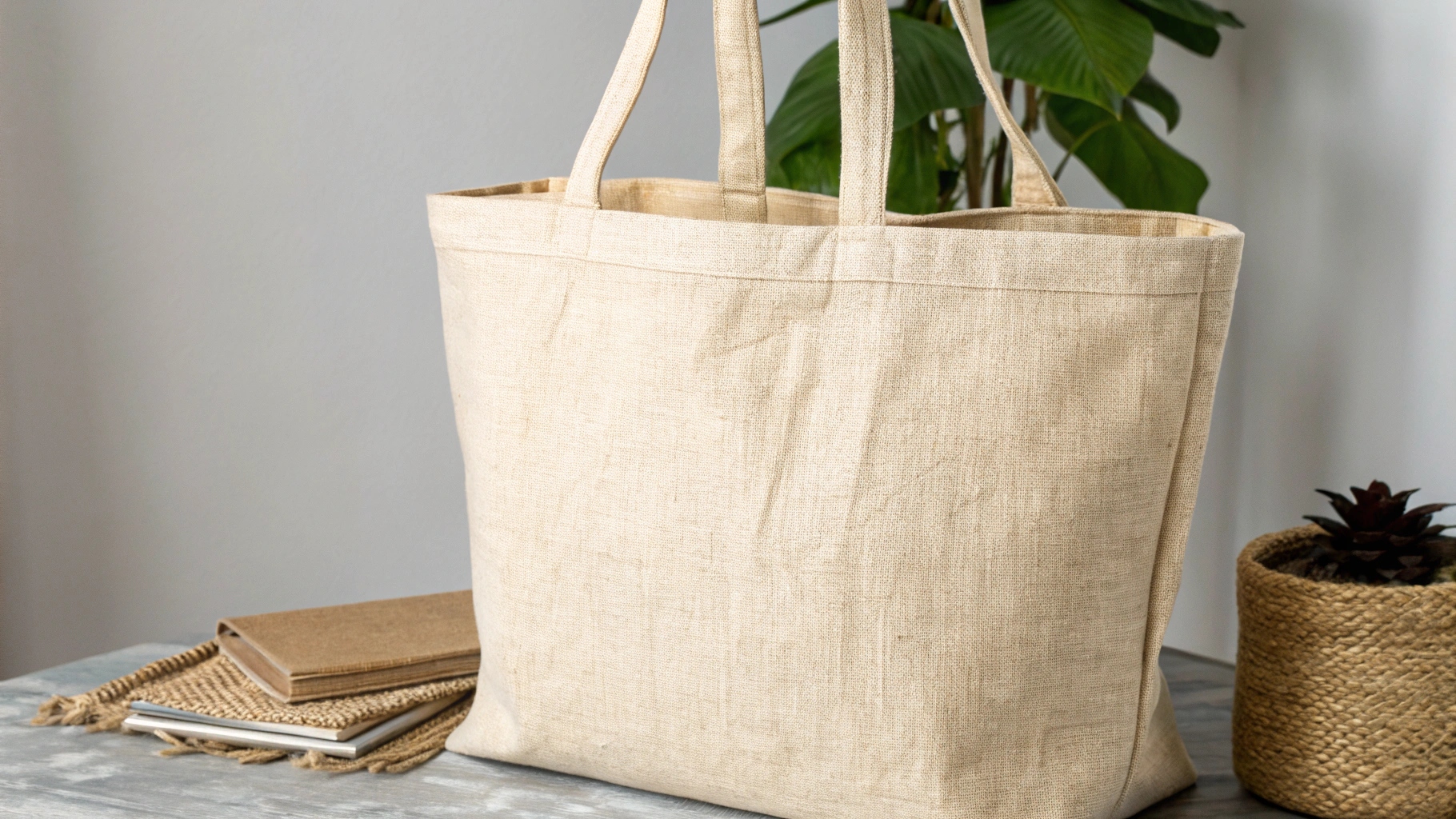
When it comes to a high-quality tote bag, the material is very important. It affects how the bag feels, how it looks, and how long it lasts. In my manufacturing work, I have seen many materials. The best ones offer a good balance of strength, appearance, and how well they take a logo.
Here are some materials considered high quality for tote bags:
- Heavy-Weight Canvas3: This is often the top choice for quality. Canvas is measured in ounces (oz). A lighter canvas might be 6oz or 8oz. For high quality, look for 10oz, 12oz, or even 16oz canvas. This heavier fabric is much thicker, stronger, and more durable. It holds its shape better and provides a premium feel. It is excellent for printing.
- Jute (Burlap): Jute is a natural fiber that is very strong and durable. It has a rustic, textured look. It is often chosen for its eco-friendly appeal and robust nature. While it might not be as smooth as canvas for detailed prints, it makes a very sturdy bag.
- Recycled PET (RPET): This material is made from recycled plastic bottles. It is durable, often water-resistant, and can be very smooth, making it excellent for full-color printing. Choosing RPET shows a strong commitment to sustainability.
- Organic Cotton: If sustainability is a top priority, organic cotton canvas is a high-quality choice. It uses less water and no harmful pesticides in its cultivation, making it better for the environment.
- PU Leather (for accents or base): While not typically used for the whole bag, high-quality PU leather can be used for handles or base reinforcement. This adds a premium touch and extra durability to specific areas.
The material impact is key here. Canvas, jute, and non-woven fabrics each tell a different sustainability story. Understanding the full lifecycle impact of the material – not just how it feels or how thick it is – is essential for a truly high-quality, responsible choice. For example, some non-woven bags are durable, but their end-of-life disposal needs to be considered.
High-quality material also means print compatibility. If branding matters (and it always does for promotional bags), you need a surface that holds color well, resists cracking, and truly reflects your brand's identity. A poorly printed logo on a good material still looks bad. So, material and print quality go hand-in-hand.
| Material Type | Quality Attribute | Best For | Branding Suitability |
|---|---|---|---|
| Heavy Canvas | Very durable, classic look, structured | Premium carry-all, long-term promotions | Excellent for screen print, embroidery |
| Jute | Extremely strong, natural, rustic feel | Heavy-duty grocery, eco-conscious branding | Good for bold prints, natural aesthetic |
| Recycled PET (RPET) | Durable, water-resistant, sustainable | Modern, eco-forward brands, tech events | Excellent for full-color, vibrant prints |
| Organic Cotton | Eco-friendly, soft touch, natural | Sustainable brands, wellness, artisanal goods | Good for various prints, natural feel |
Choosing a high-quality material ensures your tote bag is not just a carrier but a durable, attractive, and effective representation of your brand.
Conclusion
When buying tote bags, prioritize their purpose, functionality, and how they align with your brand's values. Choose durable, high-quality materials with good print compatibility to ensure your tote becomes a long-lasting, impactful brand ambassador.
-
Explore how strong stitching enhances the durability and longevity of tote bags, ensuring they withstand daily use and heavy loads. ↩
-
Discover how reinforced handles improve the usability and strength of tote bags, making them more reliable for carrying heavy items. ↩
-
Learn why heavy-weight canvas is favored for its durability and premium feel, making it ideal for high-quality tote bags. ↩

